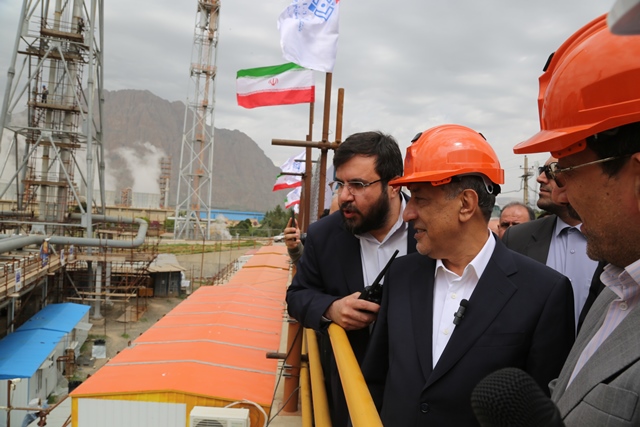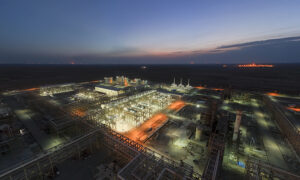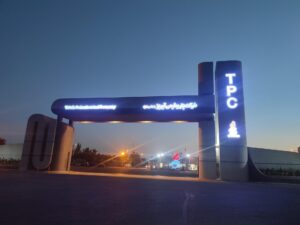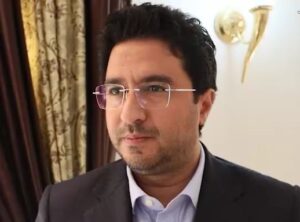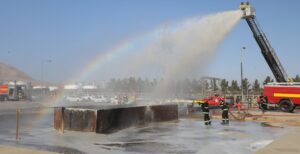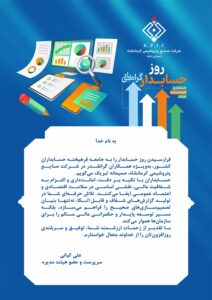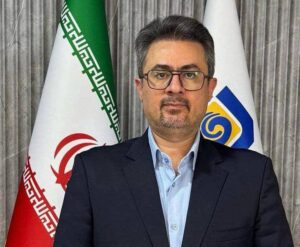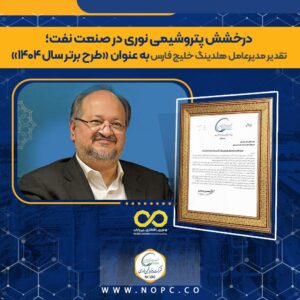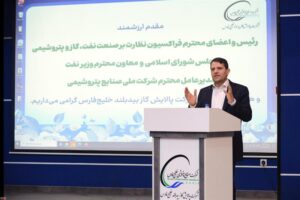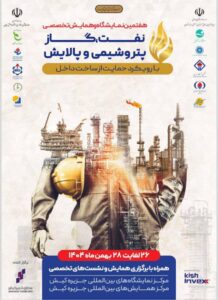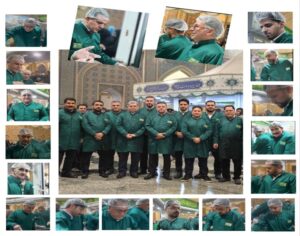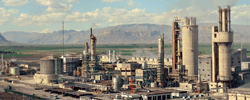The Executive Vice President has said that Kermanshah Petrochemical is known as one of the successful production complexes in the country.
Dr. Mohammad Jafar Ghaempanah, Executive Vice President, Dr. Seyyed Mohammad Atabak, Minister of Industry, Mines and Trade, Dr. Manouchehr Habibi,General Governor of Kermanshah, Vahid Ahmadi, representative of Sahneh, Harsin and Kangavar counties, Fazlollah Ranjbar, representative of Kermanshah county, Rastegar Yousefi, representative of Oramanat, and Zahir Heydarinejad, CEO of Kermanshah Petrochemical Industries Company, visited various parts of the first phase of the petrochemical complex and the construction process of the second phase of this complex in the field.
Dr. Mohammad Jafar Ghaempanah told reporters on the sidelines of a visit to Kermanshah Petrochemical that they visited various parts of Kermanshah Petrochemical as one of the successful production complexes in the country. He added the implementation process of the second phase of Kermanshah Urea and Ammonia Petrochemical is fortunately underway with the efforts made.
The Executive Vice President continued 600 workers are currently working in the second phase and it is expected that this project will be put into operation in the first half of 2026. Emphasizing the use of local workers and job seekers in Kermanshah province, he added by utilizing this project, employment will be created directly and indirectly for about 2,000 local workers in the province.
He also referred to the environmental measures of this project and said the company’s managers have good plans in the field of water recycling and reducing resource consumption, and it is hoped that with the necessary support, this project will be put into operation on time and with the desired quality.
He said it’s hoped that with the investments made and the efforts of the managers and employees of this complex, the second phase will be implemented according to schedule.
It is worth noting that the Kermanshah Petrochemical Phase II megaproject, on a land area of 14 hectares, with an annual production capacity of 396,000 tons of ammonia and 660,000 tons of urea, with an investment of 375 million euros and direct employment of more than 700 people, will be put into operation by the first half of 1405, according to the forecast.

